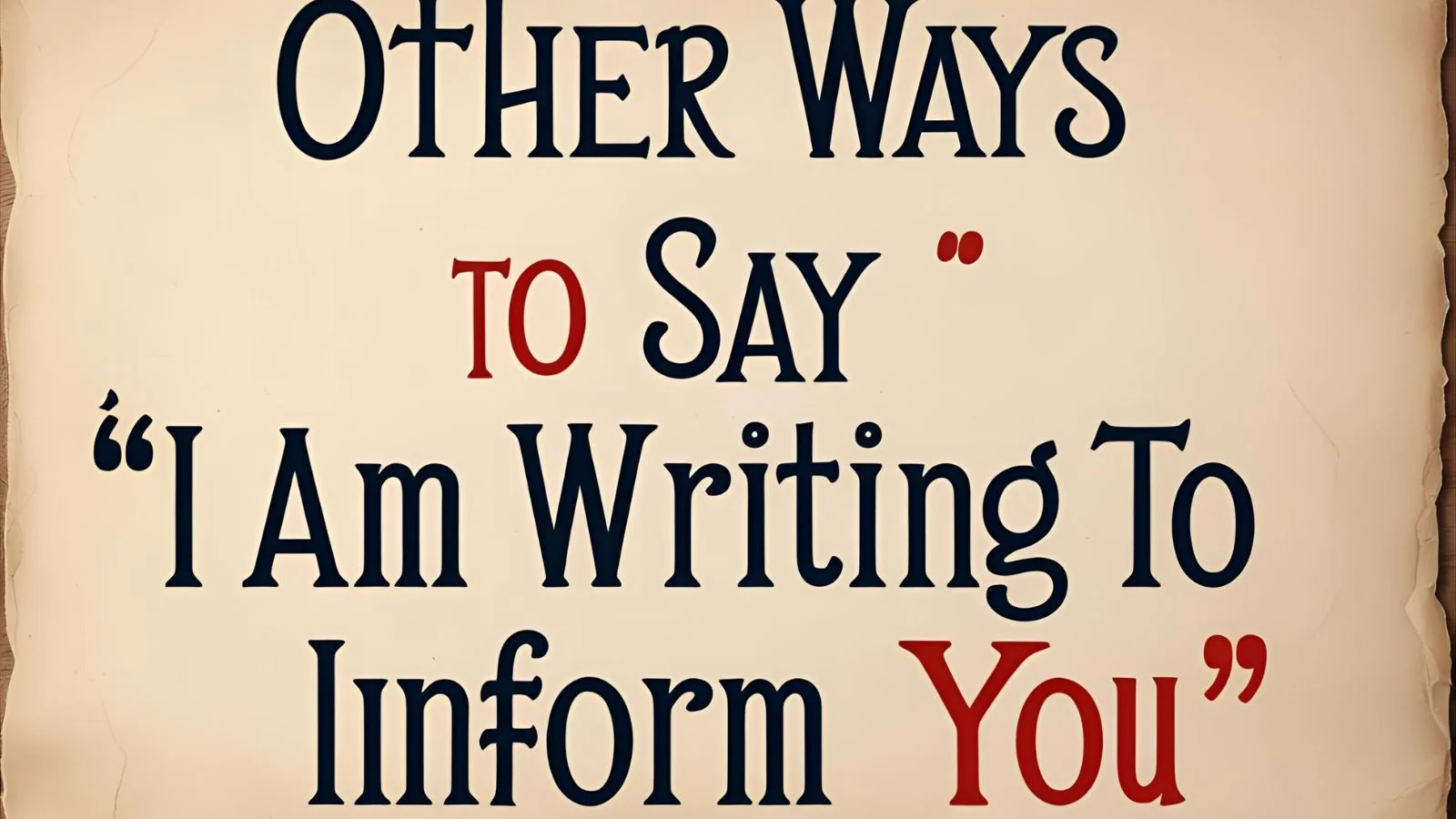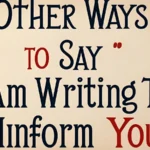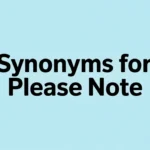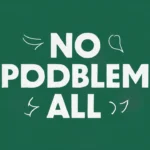When composing professional or formal messages, using varied expressions can make your writing more engaging and less repetitive. Instead of starting with “I am writing to inform you,” there are many alternative phrases that sound polished, concise, and natural. Whether you are delivering important news, providing an update, or sharing instructions, choosing the right wording enhances clarity and professionalism. Other Ways to Say “I Am Writing to Inform You”.
This article will explore 15 alternative ways to say “I am writing to inform you,” each with a detailed explanation and example usage. By diversifying your language, you can maintain reader interest while ensuring your message remains clear. Whether you are addressing a colleague, client, or official recipient, the right phrase sets the tone for effective communication. Let’s explore how you can elevate your writing with impactful alternatives.
I Would Like to Bring to Your Attention
This phrase is ideal for professional settings where you want to highlight an important matter. It conveys urgency and importance while maintaining a respectful tone.
For example, in a business email, you might write: “I would like to bring to your attention that our quarterly meeting has been rescheduled to next Friday at 3 PM.”
This alternative ensures the recipient understands that the information requires their awareness. It works well when addressing a superior, team, or client. Using this phrase helps avoid the repetitiveness of “I am writing to inform you” while maintaining a polished and direct approach.
Read More: Other Ways to Say “I Was Wondering”
Please Be Advised
“Please be advised” is a professional and slightly formal way to introduce important information. It is commonly used in legal, corporate, and official communications.
For example: “Please be advised that our company’s holiday schedule has been updated. You will receive further details soon.”
This phrase effectively notifies the recipient of an important update while maintaining a professional tone. It is particularly useful when sharing policy changes, regulations, or any formal announcements.
I Want to Let You Know
This phrase is more conversational and friendly, making it suitable for casual business communication or personal emails.
Example: “I want to let you know that the event location has changed to the downtown conference hall.”
Using “I want to let you know” makes your message feel more personal and engaging while still being clear. It works well in customer service, team updates, or informal business contexts.
Just a Quick Note to Inform You
This alternative adds a casual and friendly touch while keeping your message brief and to the point.
Example: “Just a quick note to inform you that our store will be closed for maintenance this weekend.”
It’s ideal for emails or memos that require a light, direct approach. It keeps the message professional yet approachable.
Kindly Note That
This phrase is a polite and formal way to draw attention to important information. It is commonly used in business and official communication.
Example: “Kindly note that all invoices must be submitted by the 25th of each month to ensure timely processing.”
It helps maintain professionalism while ensuring the recipient pays attention to the details provided.
I Am Reaching Out to Share
This phrase adds a personal touch and is great for announcements or updates.
Example: “I am reaching out to share that our company will be launching a new employee benefits program next month.”
It makes the message feel engaging and thoughtful, making it suitable for both formal and semi-formal communication.
I Wish to Inform You
“I wish to inform you” is a polite and respectful way to deliver news or updates.
Example: “I wish to inform you that the application deadline has been extended by one week.”
This phrase works well in formal business, academic, or official correspondences.
Here’s an Important Update
If you want to capture attention immediately, this phrase is a strong choice.
Example: “Here’s an important update: The client meeting has been moved to 2 PM instead of 3 PM.”
It is direct, engaging, and ensures the recipient prioritizes the information.
This Is to Notify You
“This is to notify you” is commonly used in formal settings and official statements.
Example: “This is to notify you that your subscription will renew automatically on April 15.”
It is clear, professional, and ensures the reader understands the purpose of the message.
Allow Me to Inform You
This phrase adds an element of courtesy while keeping the message professional.
Example: “Allow me to inform you that your request has been approved.”
It is polite and works well in professional emails or letters.
I Would Like to Update You
This phrase is great for delivering new information or changes.
Example: “I would like to update you on the latest project developments before our next meeting.”
It is perfect for team updates and client communication.
You Should Be Aware That
“You should be aware that” ensures the recipient understands the importance of the information.
Example: “You should be aware that maintenance work will take place in the office this weekend.”
It emphasizes awareness and is useful for important announcements.
I’d Like to Make You Aware
This phrase is polite and direct, often used in HR or management communications.
Example: “I’d like to make you aware that new security measures will be implemented starting Monday.”
It ensures clarity while maintaining a professional tone.
Please Take Note
“Please take note” is a formal way to introduce important details.
Example: “Please take note that the deadline for submissions is March 31.”
It emphasizes the importance of the information provided.
It Is Important to Mention
This phrase ensures that the recipient understands the significance of the information being shared. It is a great way to emphasize a key detail in professional or formal communication.
Example: “It is important to mention that the company’s annual performance review process will begin next month.”
This phrase works well when you need to highlight critical updates, policy changes, or significant business developments. It subtly urges the reader to pay attention while maintaining a formal tone. It is particularly useful in corporate emails, announcements, and official documentation where clarity and emphasis are necessary.
Using “It is important to mention” ensures that your message remains professional while reinforcing the necessity of the information. It is an excellent alternative for workplace updates, academic settings, or any scenario where details must be noted and acted upon promptly.
I Am Writing to Let You Know
This phrase is a direct yet slightly informal alternative that makes your message feel approachable and clear. It works well in both business and casual communication.
Example: “I am writing to let you know that our department will be hosting a training session next Thursday.”
Using this phrase allows you to maintain professionalism while keeping the tone friendly and engaging. It works especially well when addressing colleagues, clients, or business partners, ensuring they feel personally informed.
This alternative also helps to build a connection with the recipient, making the message feel more direct and engaging. Whether you’re sending an email, memo, or notification, using “I am writing to let you know” keeps your communication straightforward and natural while still sounding professional.
I Am Contacting You Regarding
This phrase is particularly useful when addressing a specific topic in a business or professional email. It immediately informs the recipient about the purpose of your message.
Example: “I am contacting you regarding your recent inquiry about our new software features.”
This alternative is highly effective in customer service, business negotiations, or formal discussions. It keeps your communication clear and to the point while maintaining a professional and respectful tone.
Using “I am contacting you regarding” ensures that your email or message remains structured and organized. It’s a great choice for situations that require clarity, such as handling customer concerns, responding to inquiries, or sharing critical updates within an organization.
I Wanted to Reach Out to Inform You
This phrase conveys a sense of effort and engagement, making it great for building professional relationships. It adds a personal touch to your message while maintaining a formal tone.
Example: “I wanted to reach out to inform you that we have finalized the details for our upcoming conference.”
This phrase is especially useful when communicating with clients, partners, or colleagues about important updates. It shows initiative and a proactive approach in keeping others informed.
Using “I wanted to reach out to inform you” makes your email sound more natural and engaging. It works well for networking, customer updates, and professional announcements where warmth and connection are essential.
I’d Like to Bring This to Your Attention
This phrase is particularly useful when sharing information that requires action or awareness. It ensures that the recipient understands the importance of your message.
Example: “I’d like to bring this to your attention because it may impact your upcoming project deadlines.”
This alternative is effective in professional settings where you need to highlight key details, policy updates, or potential issues. It gently urges the recipient to take notice while maintaining professionalism.
Using “I’d like to bring this to your attention” keeps your message clear and direct without sounding overly forceful. It is ideal for business updates, internal communications, and client correspondence where clarity and emphasis are crucial.
I Am Writing to Notify You
This phrase maintains a formal and professional tone, making it suitable for official announcements or business-related messages.
Example: “I am writing to notify you that your request for remote work approval has been processed.”
Using this phrase ensures clarity and professionalism in your message. It is commonly used in HR communications, company updates, and formal notifications.
This alternative is particularly effective when delivering important updates that require acknowledgment. It helps maintain a professional relationship with clients, colleagues, or business associates while keeping your communication polished and clear.
Conclusion
By exploring different ways to say “I am writing to inform you,” you can make your communication more engaging, professional, and varied. Whether your message is formal, semi-formal, or slightly conversational, choosing the right phrase ensures clarity and impact.
These alternatives help maintain professionalism while keeping your writing fresh and engaging. Try incorporating these phrases into your emails, announcements, and official documents to enhance your communication style while ensuring your message is effectively received.










